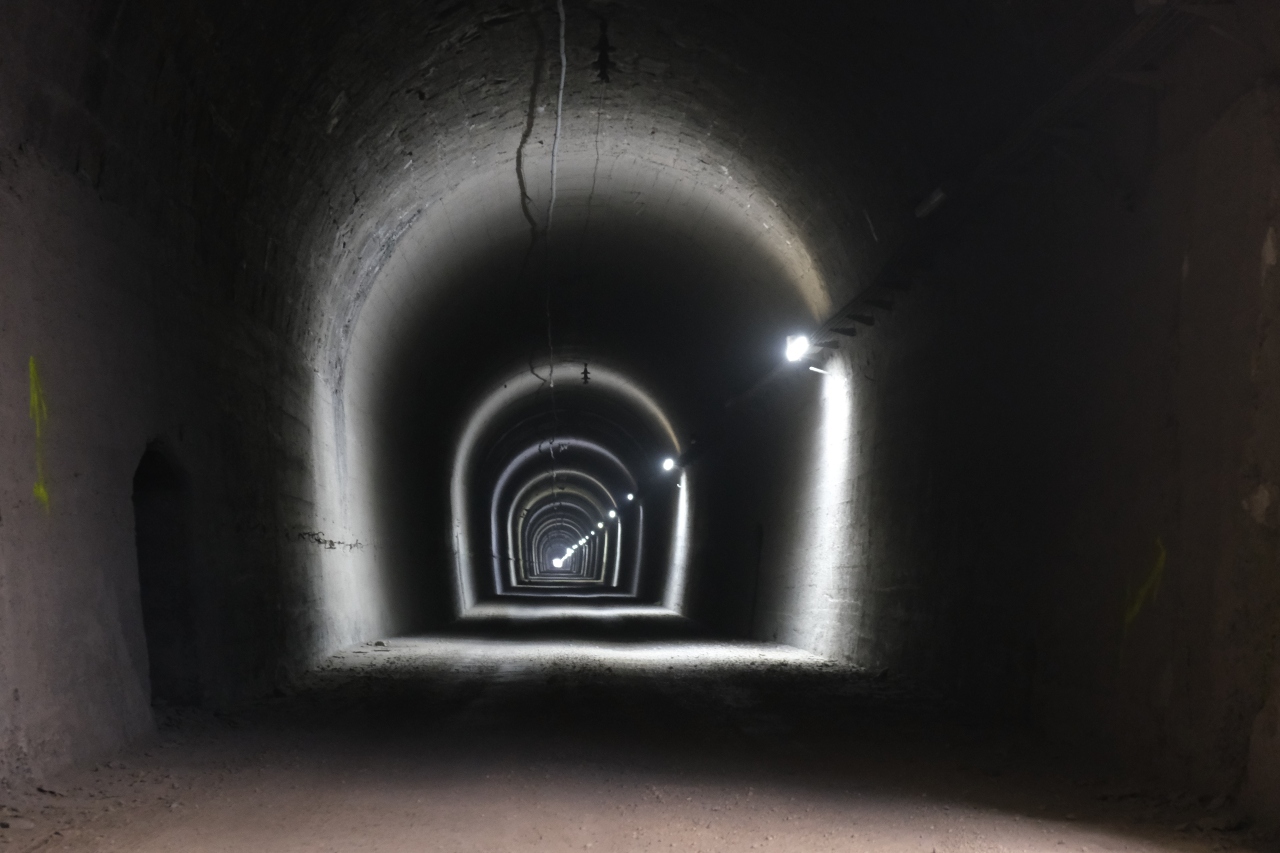The Complementary Plan for Astrophysics and High Energy Physics was presented today at the Autonomous University of Barcelona, in the presence of the Minister of Science and Innovation, Diana Morant. The event was attended by the Director General of Research and Innovation of the Government of Aragon, Ramón Guirado, and the Director of the Center for the Study of the Physics of the Cosmos of Aragon, Javier Cenarro, on behalf of Aragon, as well as representatives of the other regions involved.
This new R+D+i program derives from the agreement signed between the General State Administration and the communities of Aragon, Catalonia, Andalusia, Cantabria, Valencia and the Balearic Islands, and later joined by Madrid to develop a joint project, which will mobilize 39 million euros. The initiative aims to strengthen Spanish participation in the next generation of international projects in the area of astrophysics and high energy physics, with a particular emphasis on its more technological aspects.
In Aragon, specifically, the complementary plan is driven by the Centro de Estudios de Física del Cosmos de Aragón (CEFCA) and has approved funding of 4.46 million euros. It seeks to illuminate the dark universe, deciphering dark matter and dark energy, through new technological developments and the scientific exploitation of the state-of-the-art facilities in astrophysics and high-energy physics available in Aragon.
The Community of Aragon leads from the Javalambre Astrophysical Observatory and the Canfranc Underground Laboratory, as well as from the CEFCA and the Center for Astroparticle and High Energy Physics (CAPA) of the University of Zaragoza, several international scientific projects that promise to play a relevant role and mark a milestone in astrophysics and high energy physics, in terms of understanding dark energy and dark matter.
Specifically, it is the J-PAS project, which includes more than 200 researchers from 18 countries, and aims to carry out the largest and most accurate 3D photometric map of the universe, to obtain unprecedented scientific information and distances for hundreds of millions of galaxies.
This will make it possible to obtain with great precision the large-scale structure of the Universe and, consequently, to constrain the nature of dark energy, which accounts for 70% of the material and energetic content of the Universe and explains its accelerated expansion. For its development, the start-up of the JPCam panoramic camera at the Javalambre Observatory, which, with 1,200 million pixels, is the second largest astronomical camera in the world, is fundamental.
For its part, the Canfranc Underground Laboratory has a very relevant participation in the International Axion Observatory (IASXO), the most ambitious experiment in the search for axions, hypothetical particles that could make up dark matter. The international collaboration includes scientists from more than twenty institutions in Europe and the USA, but is led from Aragon. The prototypes of the X-ray sensors for the superconducting magnet to be built at DESY-Hamburg are being tested at the facility under Mount Tobazo.
These institutions are also joined by the Instituto Tecnológico de Aragón (ITAINNOVA), which has a long track record of technological support for particle physics research.
After the signing, the Director General of Research and Innovation of the Regional Executive, Ramón Guirado, assured that the complementary plan “reinforces the scientific policy of specialization of the territory”, undertaken by the DGA.
“We have shown that space science of the highest quality can be done from Teruel, that has been a commitment for more than 15 years with the International Airport of Teruel, which now has a test bench for satellite microlancers, and with CEFCA, scientific coordinator of this project,” he said.
An astrophysical commitment, he said, that will be redoubled in the coming months thanks to the complementary plan and new projects that will “make Teruel a benchmark for space sciences in our country.”
Other programs
The so-called Complementary Plans are a new tool to promote research programs in strategic areas, co-governed and co-financed between the Ministry of Science and Innovation and the autonomous communities, within the framework of the Recovery, Transformation and Resilience Plan.
They have been awarded in competitive concurrence and Aragon has obtained very good results, with five projects finally prioritized and a global amount of 16.4 million euros. In addition to the Astrophysics and High Energy Physics project (4.46 million), there is the Advanced Materials project (3.08 million), promoted by the Institute of Nanotechnology and Materials of Aragon.














